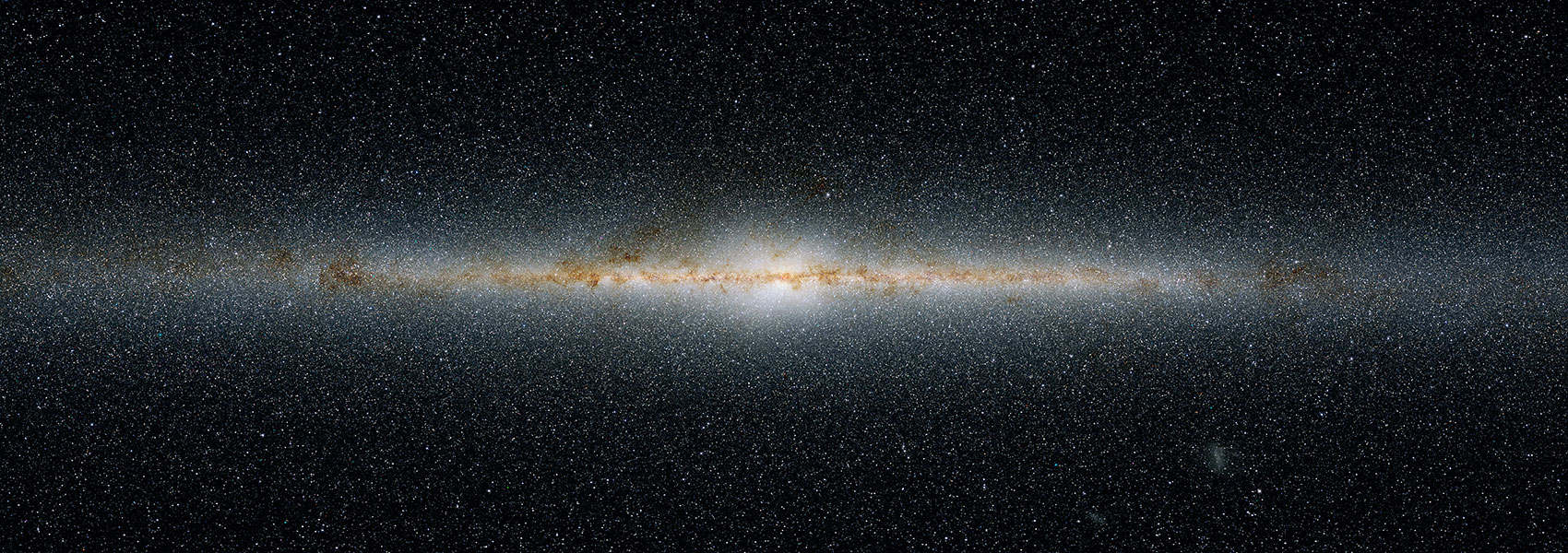September
2023
•
2023MNRAS.524.2186V
Authors
•
Van Dyk, Schuyler D.
•
Bostroem, K. Azalee
•
Zheng, WeiKang
•
Brink, Thomas G.
•
Fox, Ori D.
•
Andrews, Jennifer E.
•
Filippenko, Alexei V.
•
Dong, Yize
•
Hoang, Emily
•
Hosseinzadeh, Griffin
•
Janzen, Daryl
•
Jencson, Jacob E.
•
Lundquist, Michael J.
•
Meza, Nicolas
•
Milisavljevic, Dan
•
Pearson, Jeniveve
•
Sand, David J.
•
Shrestha, Manisha
•
Valenti, Stefano
•
Howell, D. Andrew
Abstract
•
We report on analysis using the JWST to identify a candidate progenitor star of the Type II-plateau (II-P) supernova SN 2022acko in the nearby, barred spiral galaxy NGC 1300. To our knowledge, our discovery represents the first time JWST has been used to localize a progenitor system in pre-explosion archival Hubble Space Telescope (HST) images. We astrometrically registered a JWST NIRCam image from 2023 January, in which the SN was serendipitously captured, to pre-SN HST F160W and F814W images from 2017 and 2004, respectively. An object corresponding precisely to the SN position has been isolated with reasonable confidence. That object has a spectral energy distribution (SED) and overall luminosity consistent with a single-star model having an initial mass possibly somewhat less than the canonical 8 M⊙ theoretical threshold for core collapse (although masses as high as 9 M⊙ for the star are also possible); however, the star's SED and luminosity are inconsistent with that of a super-asymptotic giant branch star that might be a forerunner of an electron-capture SN. The properties of the progenitor alone imply that SN 2022acko is a relatively normal SN II-P, albeit most likely a low-luminosity one. The progenitor candidate should be confirmed with follow-up HST imaging at late times, when the SN has sufficiently faded. This potential use of JWST opens a new era of identifying SN progenitor candidates at high spatial resolution.
Links



